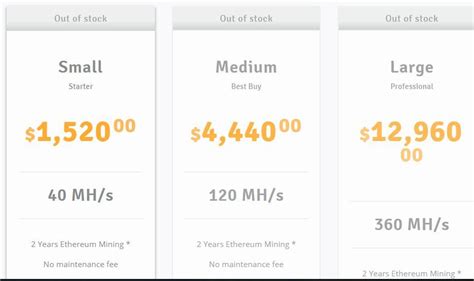Ethereum: Understanding the Genesis Block of a New Altcoin
As a budding developer of a new altcoin, you’ve probably spent countless hours creating your blockchain’s genesis block, merkle root, and nothing else. Congratulations on taking the first step towards creating a unique cryptocurrency. However, deploying your coin on a decentralized network can lead to issues with adding other nodes, resulting in increased mining downtime and overall system stability.
Why does this happen?
The main reason for such delays is the complex algorithm used by Ethereum’s proof-of-work (PoW) consensus mechanism, also known as Ethash. The algorithm relies on cryptographic hash functions, specifically Keccak-256, to validate transactions. When a node first connects to your network, it must calculate and broadcast its Merkle root and nonce to verify the validity of incoming transactions.
Genesis Block and Mining
In the history of the Ethereum blockchain, each new block is created by generating a random hash value using specialized hardware called application-specific integrated circuit (ASIC) miners. The genesis block is used as a reference point for all subsequent blocks on your network. When your coin first connects to the Ethereum network, it must generate and broadcast its own Merkle root and nonce to validate transactions.
The Merkle Root
A Merkle root is a cryptographic hash function that combines a series of Merkle trees, each of which represents a block of transactions. The root is used to verify that all incoming blocks are valid by comparing the Merkle root to the values calculated by nodes. This process requires significant computing power and memory resources.
TheNonce
A nonce is a countervalue used in conjunction with a Merkle tree to ensure uniqueness across different versions of the blockchain. When your coin connects to the Ethereum network, it must create and broadcast its own event to prevent collisions.
Troubleshooting Steps
To resolve issues connecting and mining with other nodes, follow these steps:
Check your genesis block
: Make sure you have correctly generated and saved your genesis block, including the Merkle root and nonce.
Calculate and verify Merkle root and nonce: Run a node script to calculate and verify the Merkle root and nonce using the provided tools or libraries (e.g.eth_getTransactionCount,eth_getTransactionHash, andeth_blockNumber.
Check for conflicting blocks: Check for duplicate blocks in the blockchain by comparing the current block number with the previous one.
Update node configuration: Make sure to update your node configuration files (e.g. "network.config.json") with the correct genesis block, Merkle root, and nonce values.
Additional recommendations
- Implement a robust node startup script that ensures proper initialization of the Ethereum blockchain and mining algorithms.
- Consider using a more efficient algorithm or optimizing the existing ones to reduce the computational resources required for verification.
- Develop a monitoring system to track node connectivity and potential issues, allowing you to quickly resolve issues.
By addressing these issues, you can successfully deploy your altcoin on the Ethereum network and build a thriving community. Remember to stay vigilant and adapt to any changes to the protocol or algorithm, ensuring continued performance and stability for the coin’s users.


